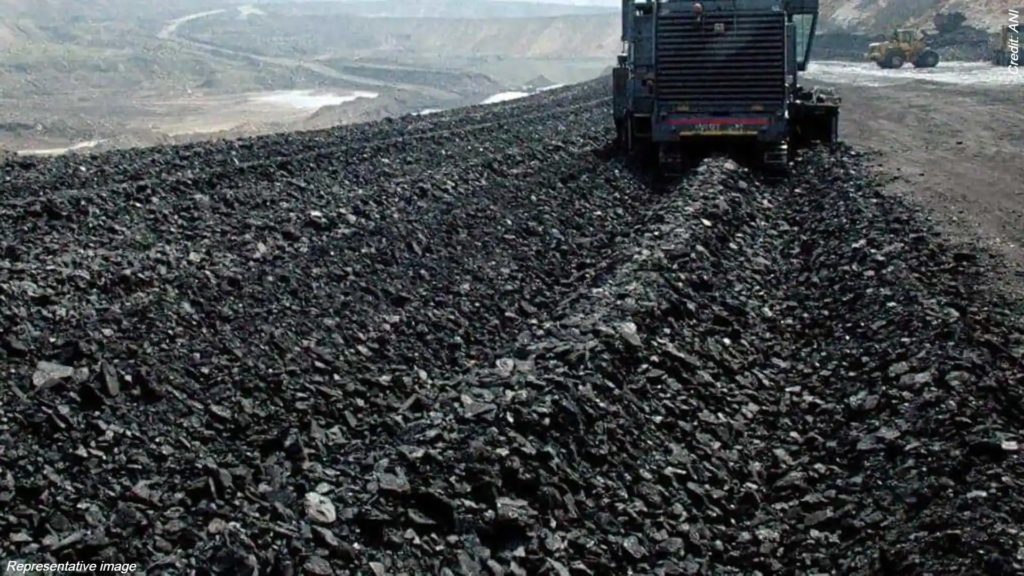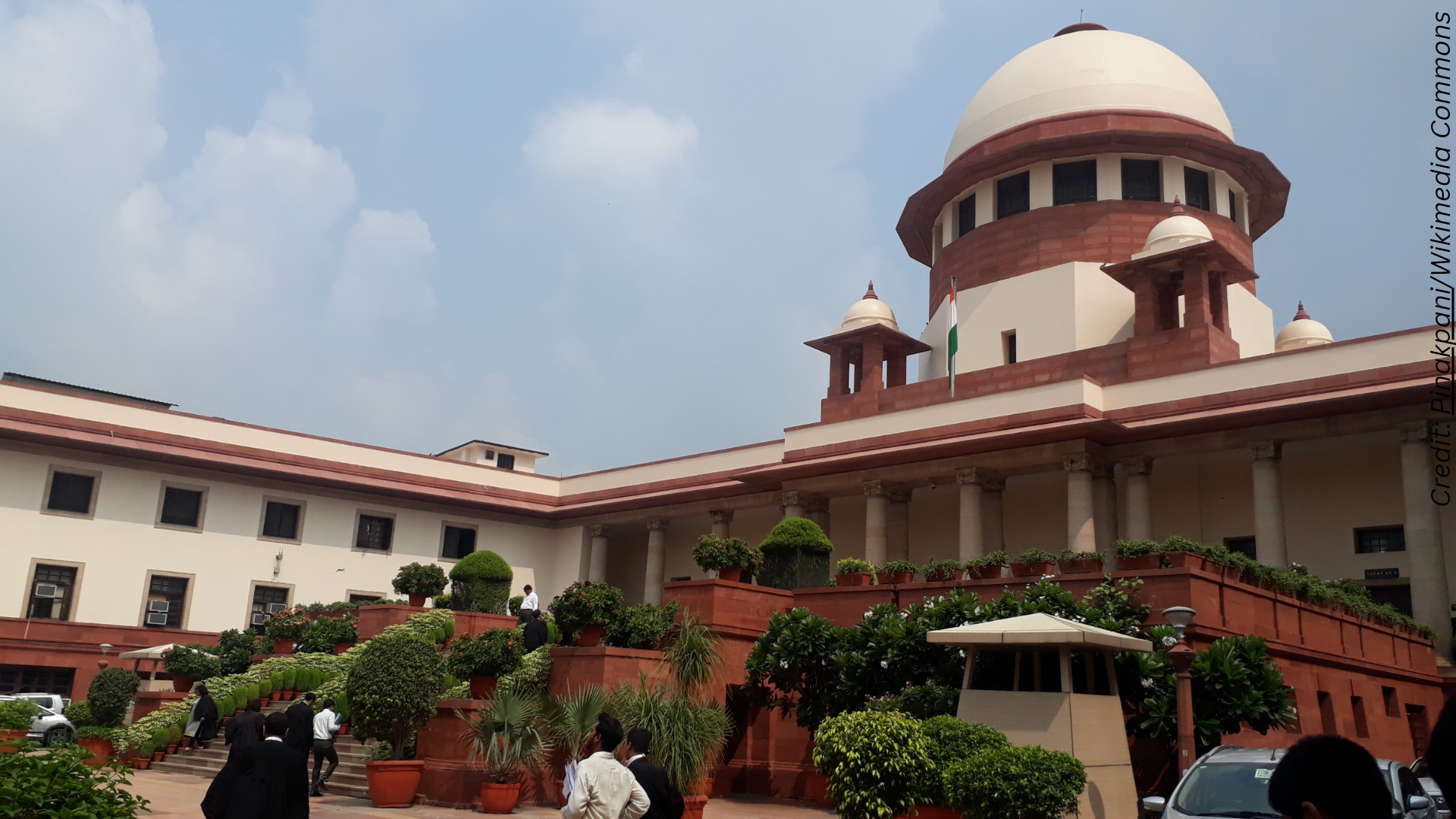Coal crisis: Failure of government’s own policy, but no accountability either

With the shortage of coal for feeding thermal power plants across the country at a severe stage, the Union government has asked states to import the mineral. But its price having gone up exponentially due to the Russia-Ukraine conflict, many state governments are opposing the directive to import through private importers.
Most of them do not have the means to pay for the adequate quantity of the fuel required to make up for the shortage, and also, they are unwilling to pass the price buck on to the consumer.
The thermal power plants run by the state governments mostly get their supply of fuel from Coal India Limited (CIL).
Therefore, as a way out, as per the latest Power Ministry directive, dated May 28, “Coal India would import coal for blending on government-to-government (G2G) basis and supply … to thermal power plants of state generators and independent power producers (IPPs).”
But why is the shortage in the first place?
Coal India, the public sector behemoth which is the world’s largest coal producer, produces 80 per cent of India’s coal. But it has struggled to keep up with supplies. Add to it the woes produced by the inadequate number of trains to distribute the coal, and we have the making of the present crisis.
The situation, though, could have been much better had the Modi government kept its own promise. In September 2016, the government announced a new coal policy, a well-articulated plan to produce 1 billion tonnes, and to eliminate coal imports, by 2020. The enhanced production of about 50 million tonnes a year by CIL would have been more than enough to generate the required power by the plants across the country.
When the new coal policy was announced, CIL was producing less than 600 million tonnes per year. But in the financial year 2021-22, more than three years later, the production had climbed up to just about 622 million tonnes.
Additionally, shockingly, according to former coal secretary Anil Swarup, the main architect of the 2016 plan, the government, instead of using CIL’s massive cash reserve—of over Rs 30,000 crore in 2016—to substantially enhance production, as planned (India has the world’s fourth-largest reserves, at 352 billion tonnes, and, as mentioned earlier, CIL produces 80 per cent of the country’s coal), took it away over the years as dividends, possibly to plug the growing fiscal gap caused by collapsing revenues between 2017 and 2020 (a result of two other massive failure of government policy, which were demonetisation and a botched-up implementation of GST).
The above clearly demonstrates a breakdown of governance regarding implementing a stated prudent government policy. But what has the Modi government, with its much-vaunted approach of ‘Atmanirbhar Bharat’, done to address it? Nothing. On the other hand, it is now seeking to import coal at the currently very high international process, from Australia, Indonesia and other countries.
The ones to suffer are the ordinary consumers, by having to tolerate an increasingly erratic supply of power and even when available, by having to pay through their noses.







